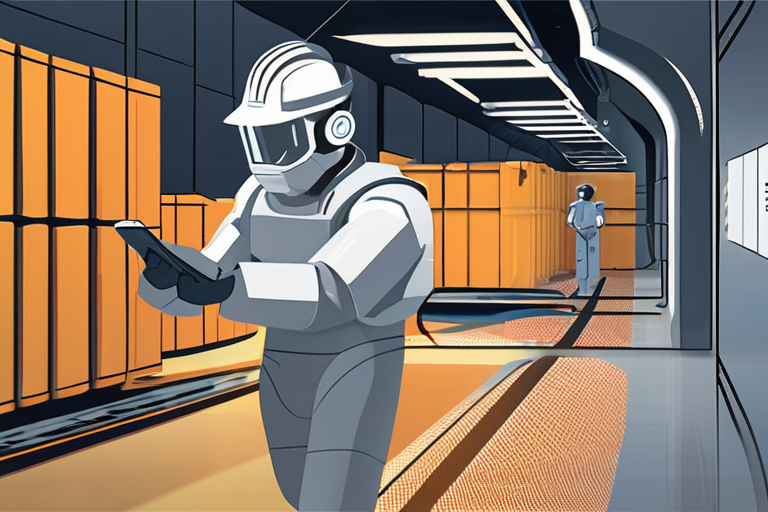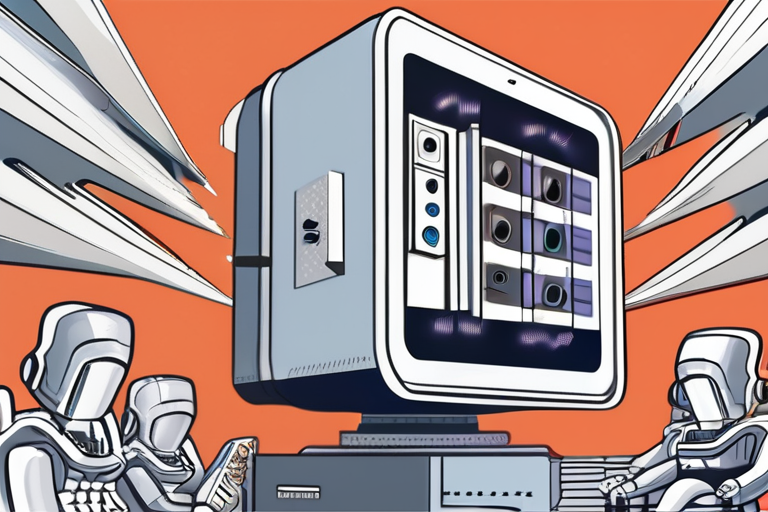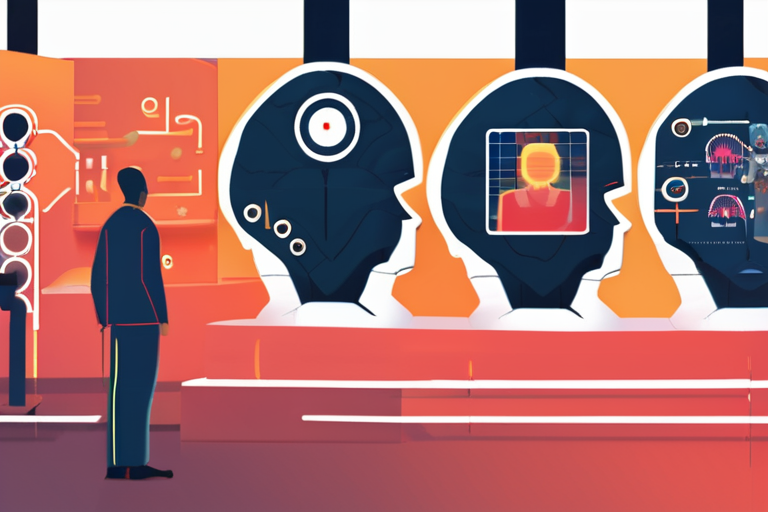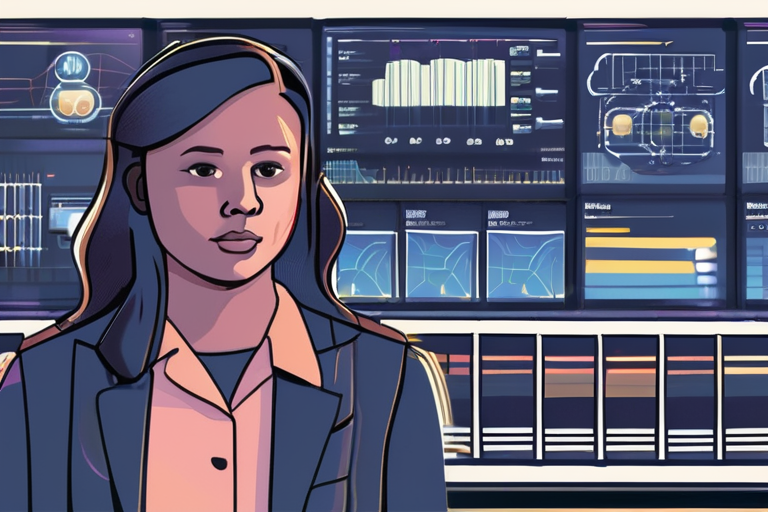OpenAI's researchers have built an experimental large language model that sheds light on the inner workings of AI systems, a significant breakthrough in the field of artificial intelligence. The new model, called a weight-sparse transformer, is a more transparent and easier-to-understand version of typical large language models (LLMs), which have been criticized for being "black boxes" that nobody fully understands.
According to Leo Gao, a research scientist at OpenAI, the new model is far smaller and less capable than top-tier mass-market models like GPT-5, Claude, and Google DeepMind's Gemini. However, the aim of this research is not to compete with the best-in-class models but to gain a deeper understanding of how LLMs work and why they sometimes "hallucinate" or go off the rails. Gao emphasized the importance of making sure AI systems are safe, especially as they become increasingly integrated into critical domains.
The new model is still in its early stages, and its capabilities are limited to those of OpenAI's GPT-1, a model developed in 2018. However, the researchers have not done a direct comparison between the two models. By building a more transparent model, OpenAI's researchers hope to gain insights into the workings of LLMs and address some of the concerns surrounding their use.
The development of this new model is significant because it has the potential to help researchers understand why LLMs sometimes produce inaccurate or misleading results. This knowledge can be used to improve the performance and reliability of AI systems, which are increasingly being used in critical applications such as healthcare, finance, and education.
The use of LLMs has been growing rapidly in recent years, and they are now being used in a wide range of applications, from chatbots and virtual assistants to language translation and text summarization. However, their lack of transparency and accountability has raised concerns about their reliability and trustworthiness.
According to Gao, the new model is a step towards making AI systems more transparent and accountable. "It's very important to make sure they're safe," he said. "As these AI systems get more powerful, they're going to get integrated more and more into very important domains. We need to make sure we understand how they work and how to trust them."
The development of this new model is a significant breakthrough in the field of AI research, and it has the potential to improve the performance and reliability of LLMs. However, it is still early days for this research, and more work needs to be done to fully understand the implications of this new model.
OpenAI's researchers are continuing to work on the new model, and they plan to publish their findings in a peer-reviewed journal. The company is also exploring ways to apply the insights gained from this research to improve the performance and reliability of its existing LLMs.


























Share & Engage Share
Share this article